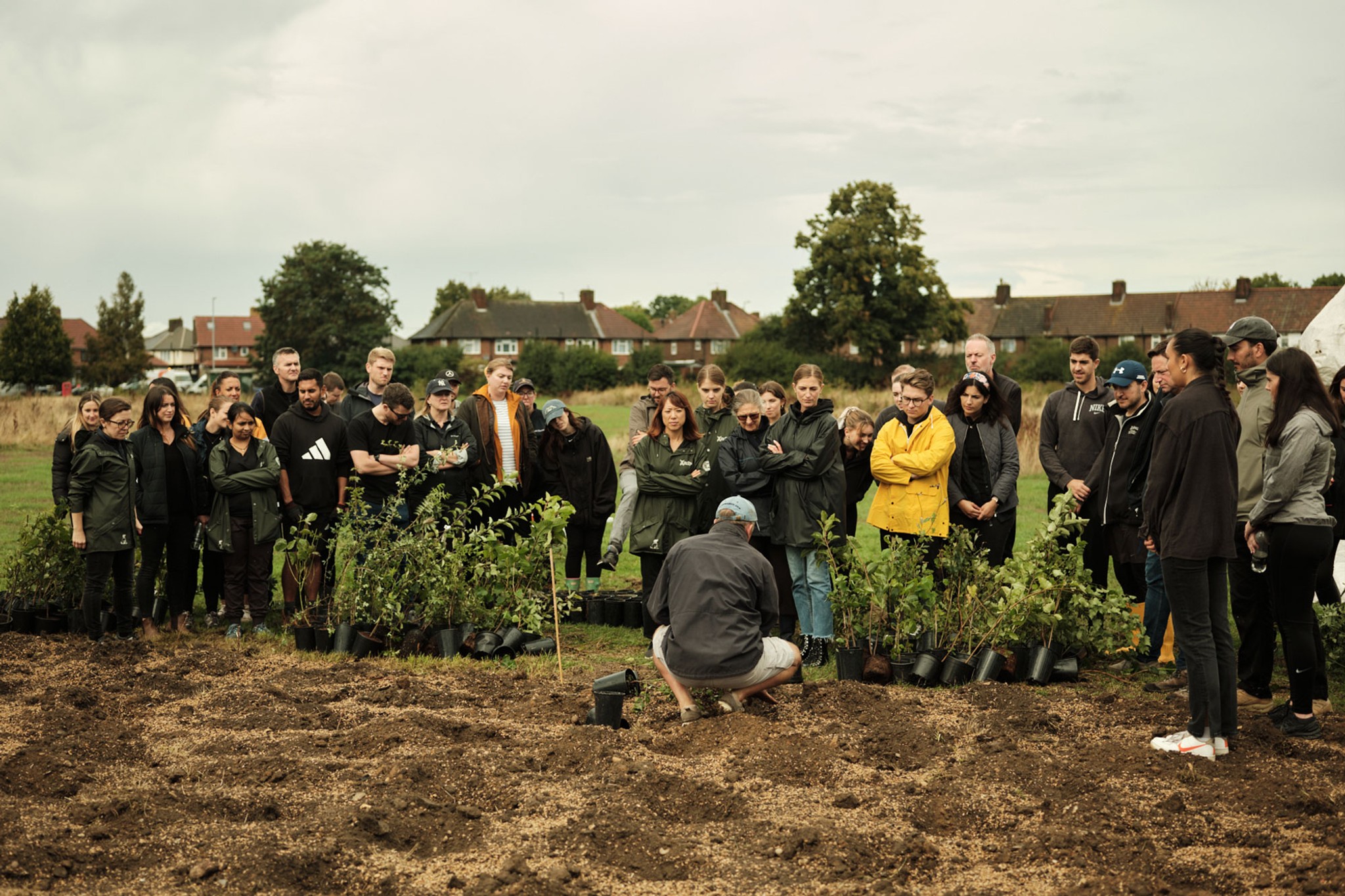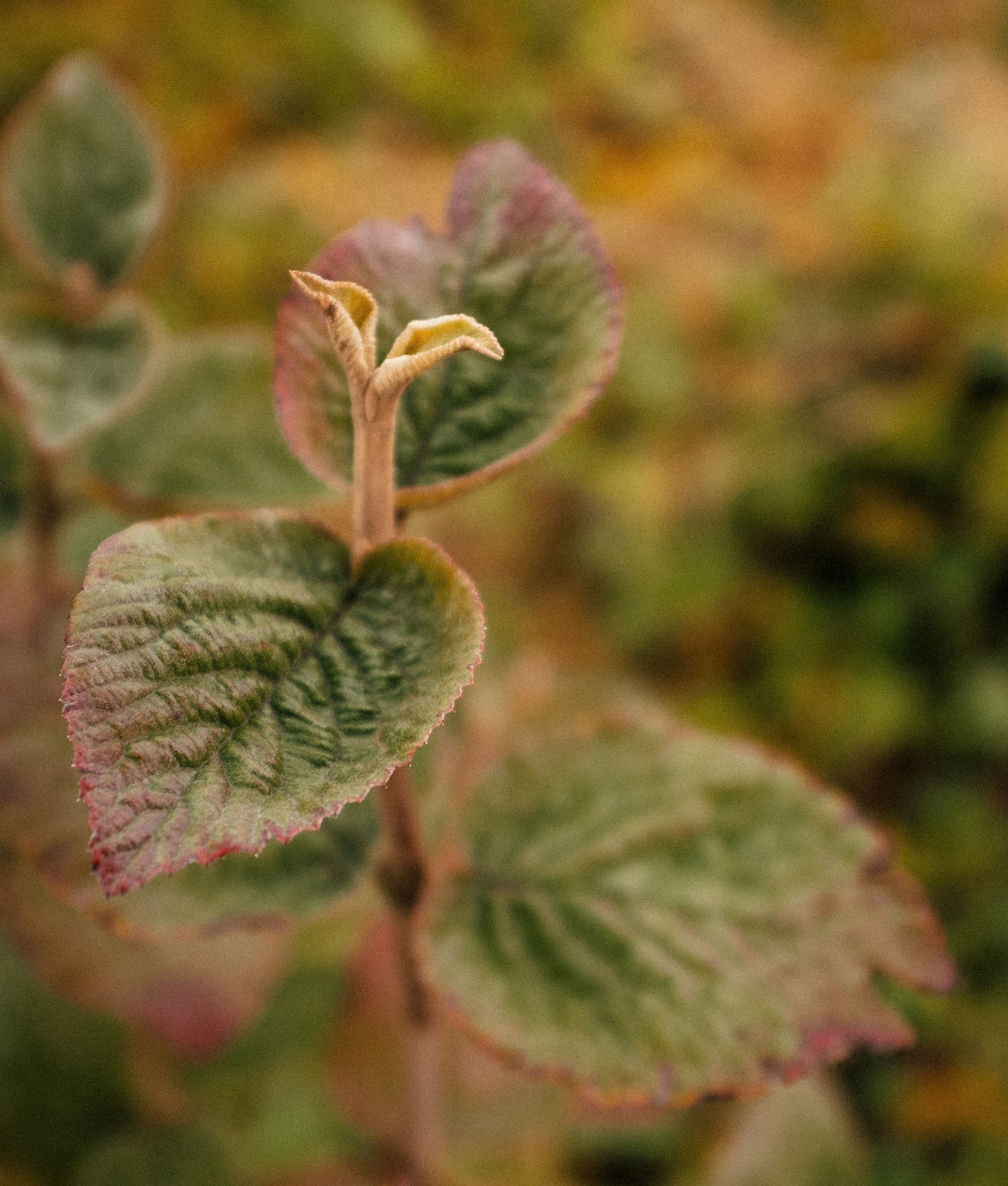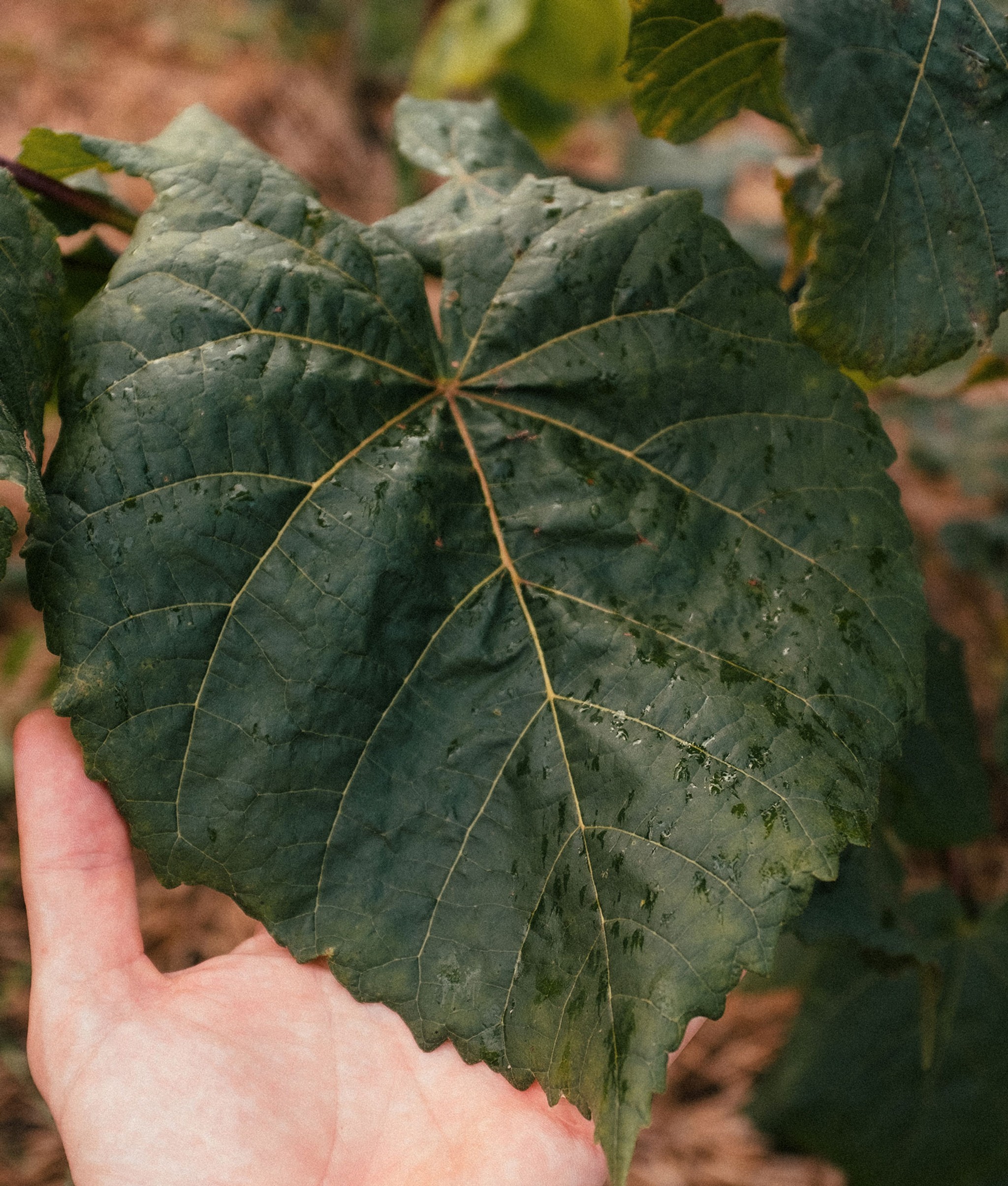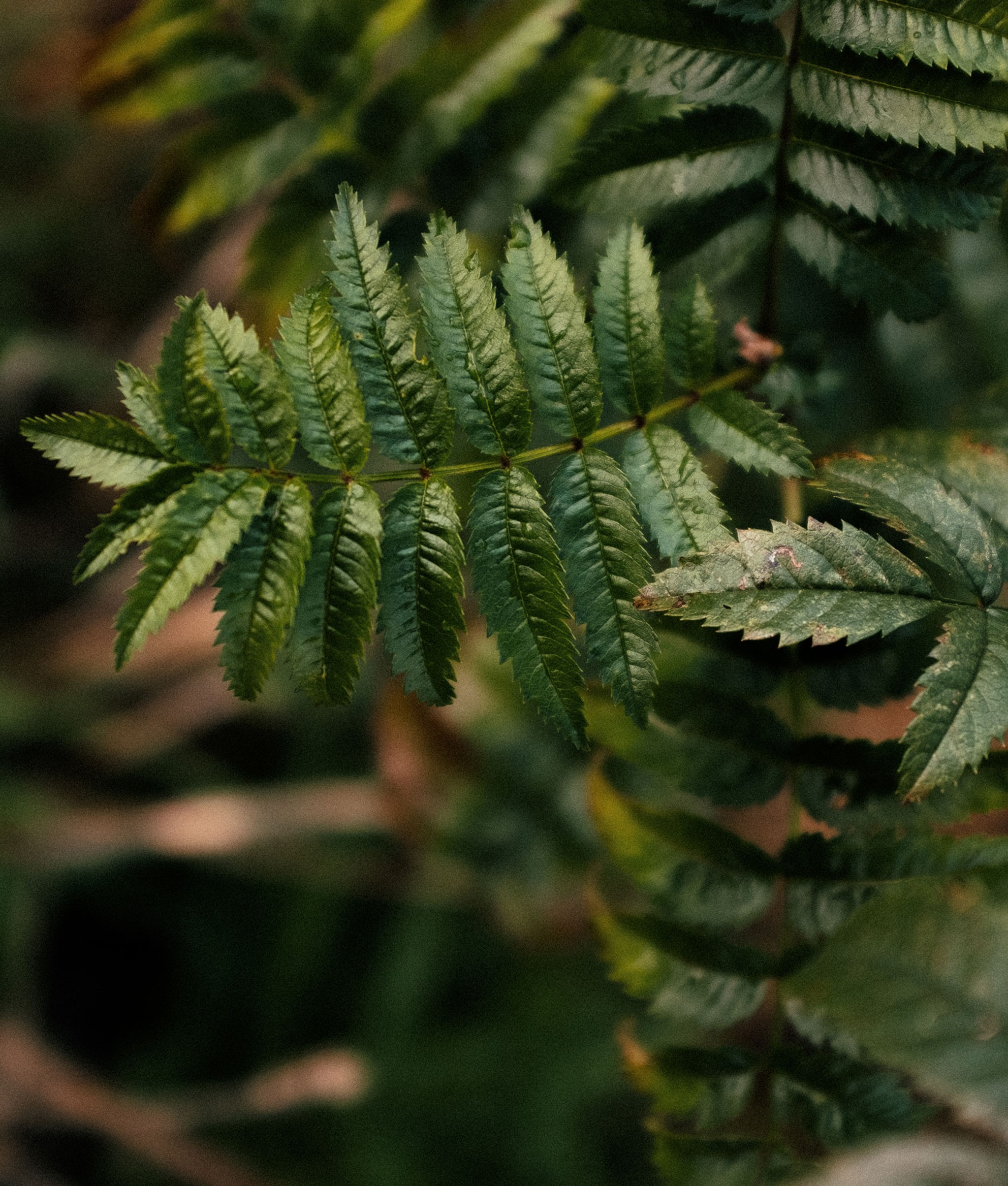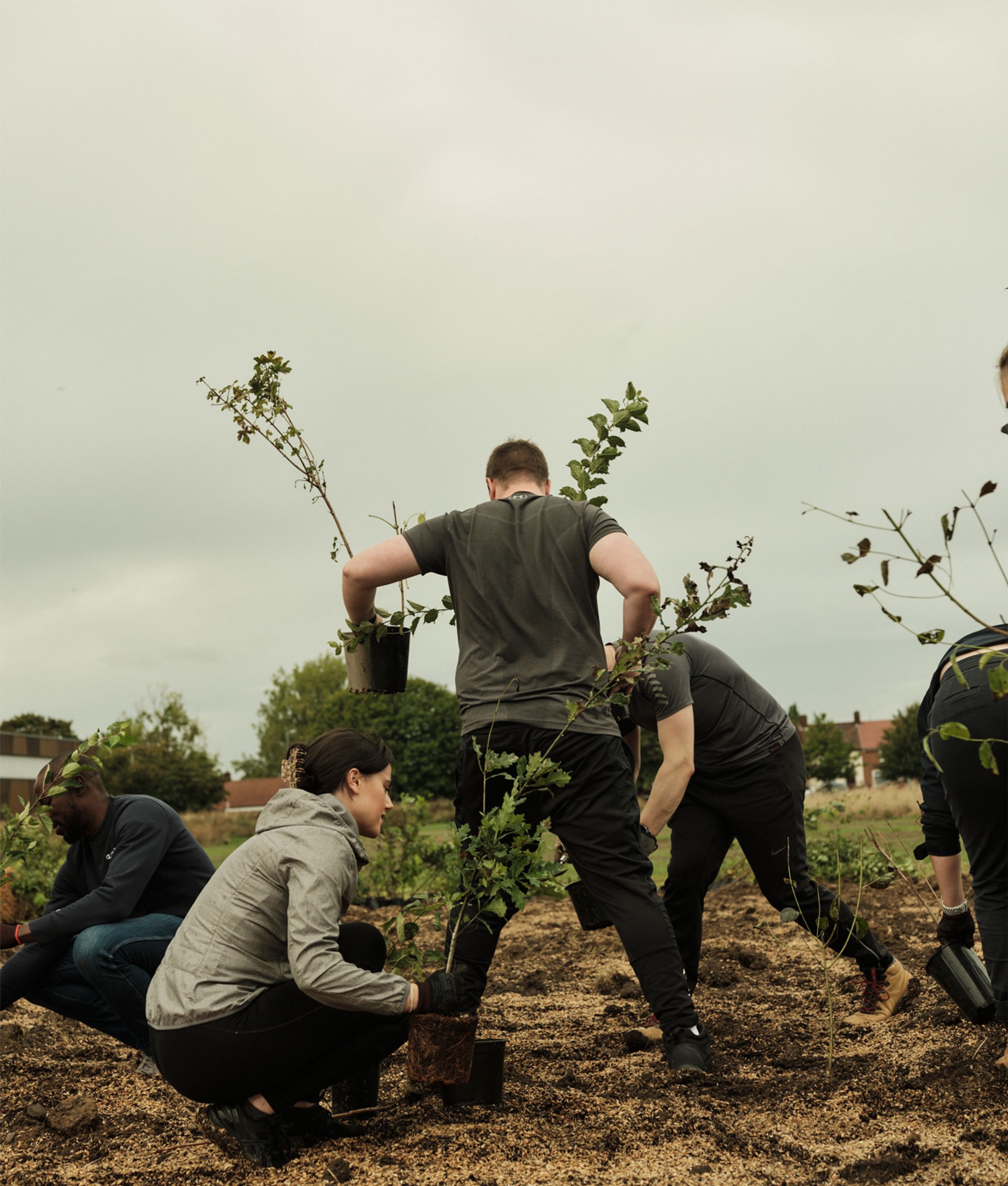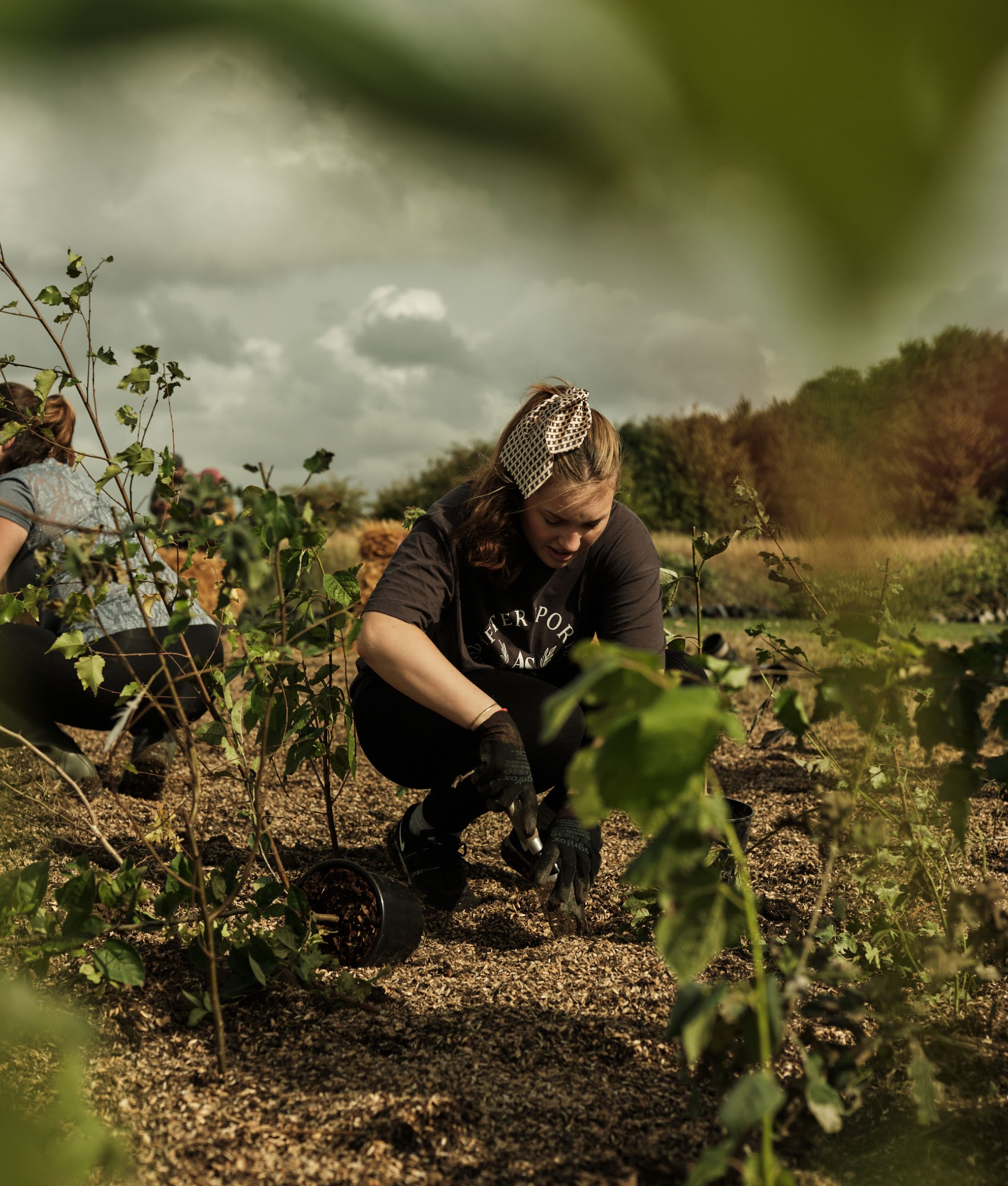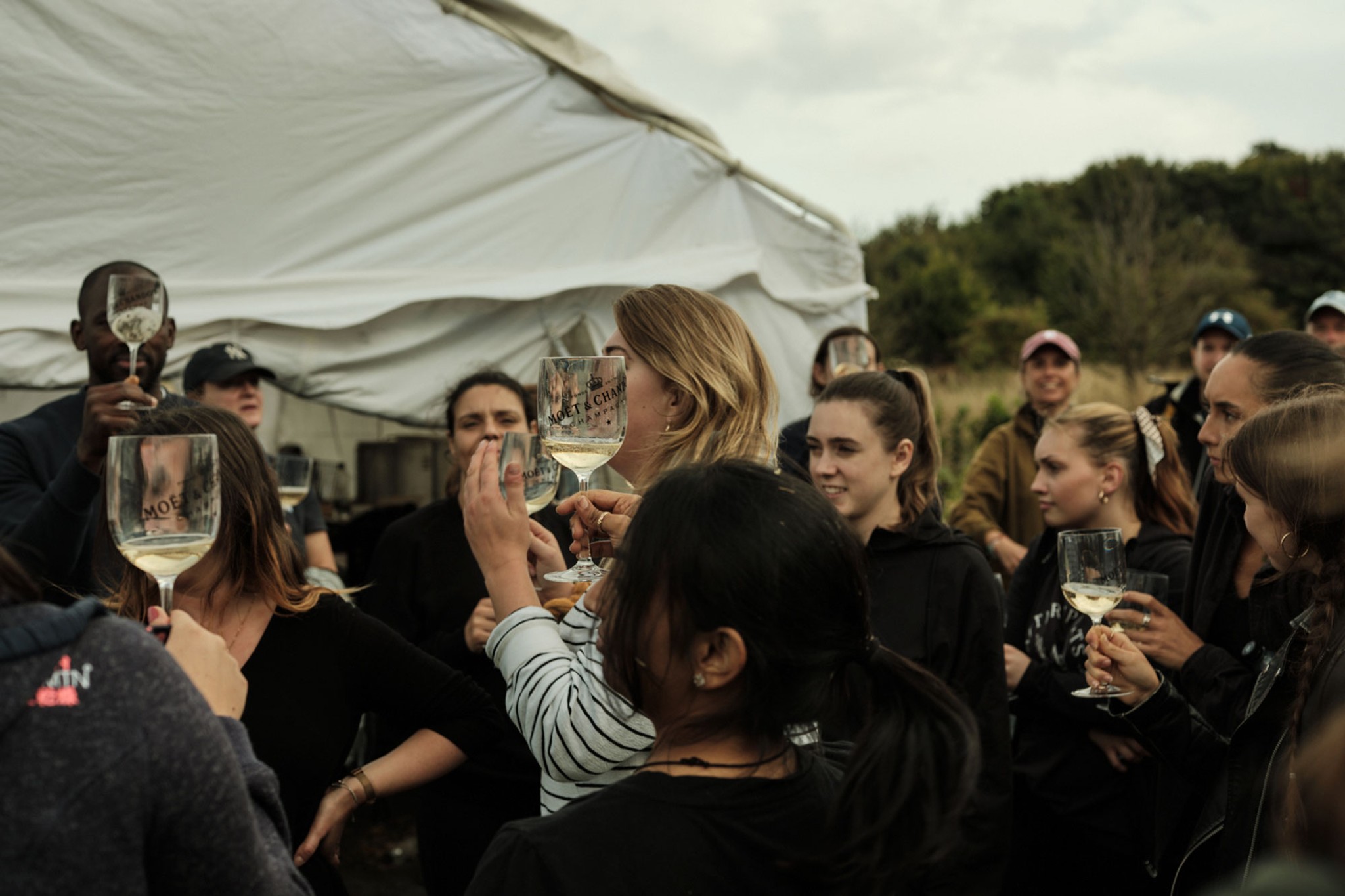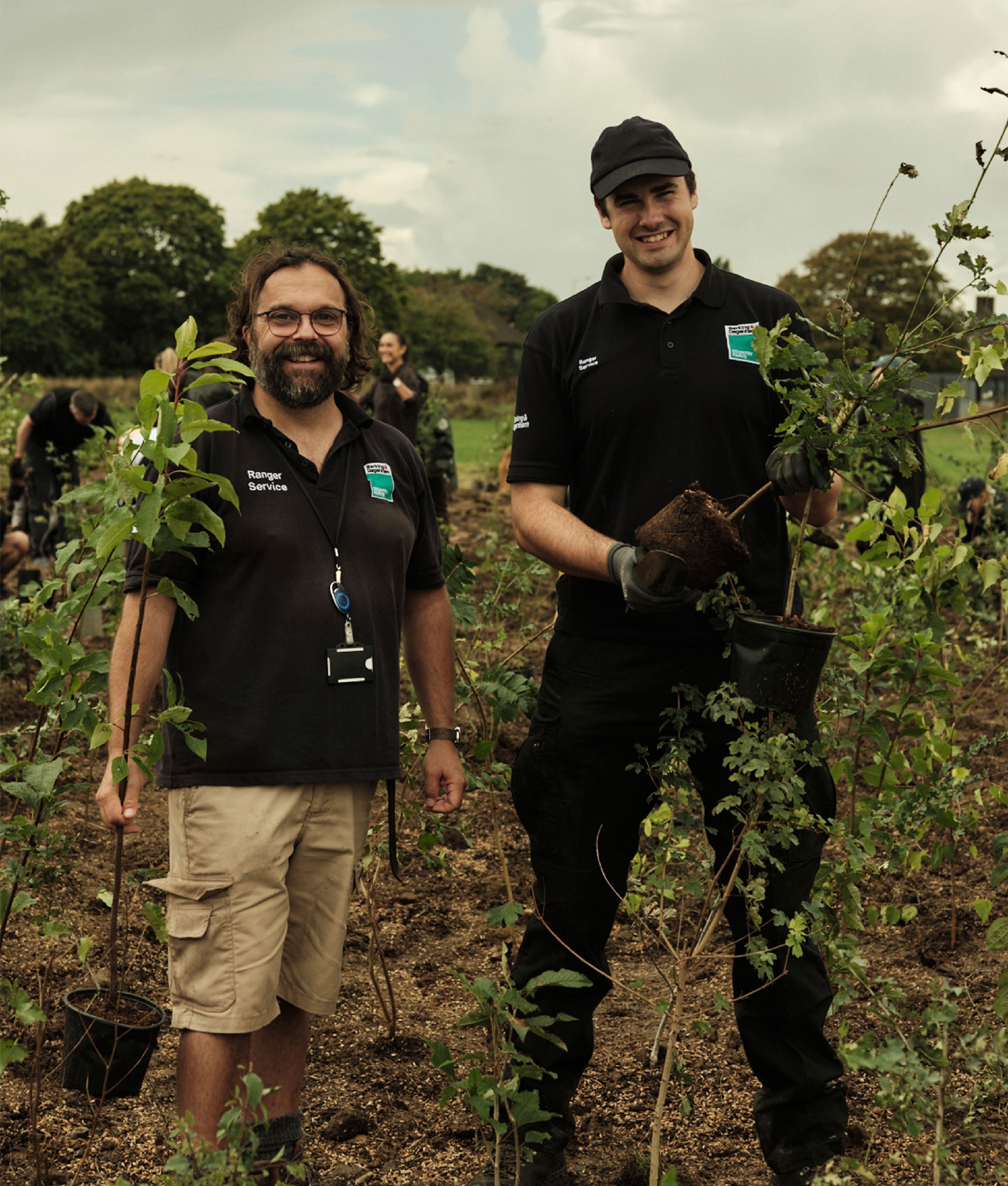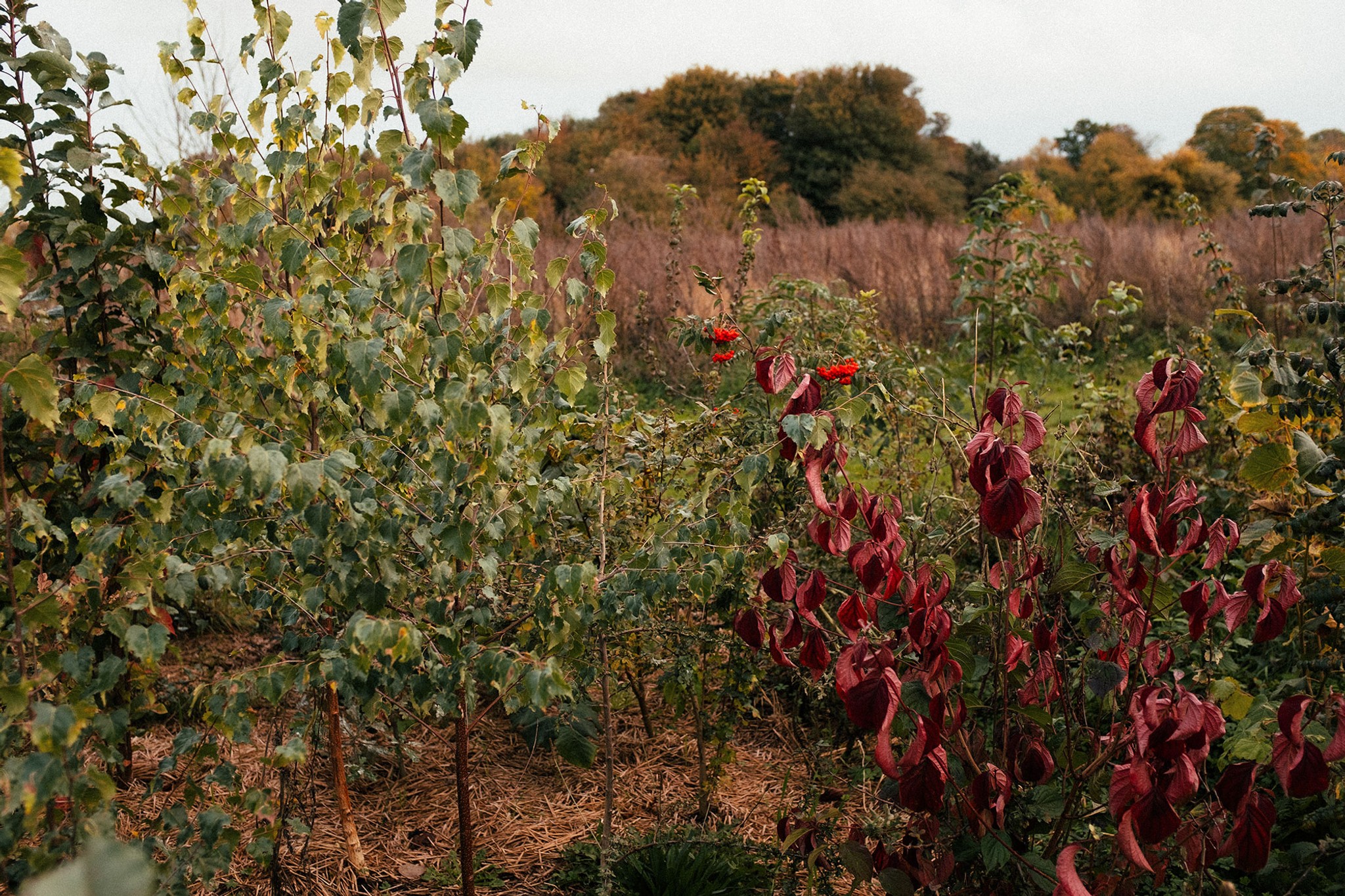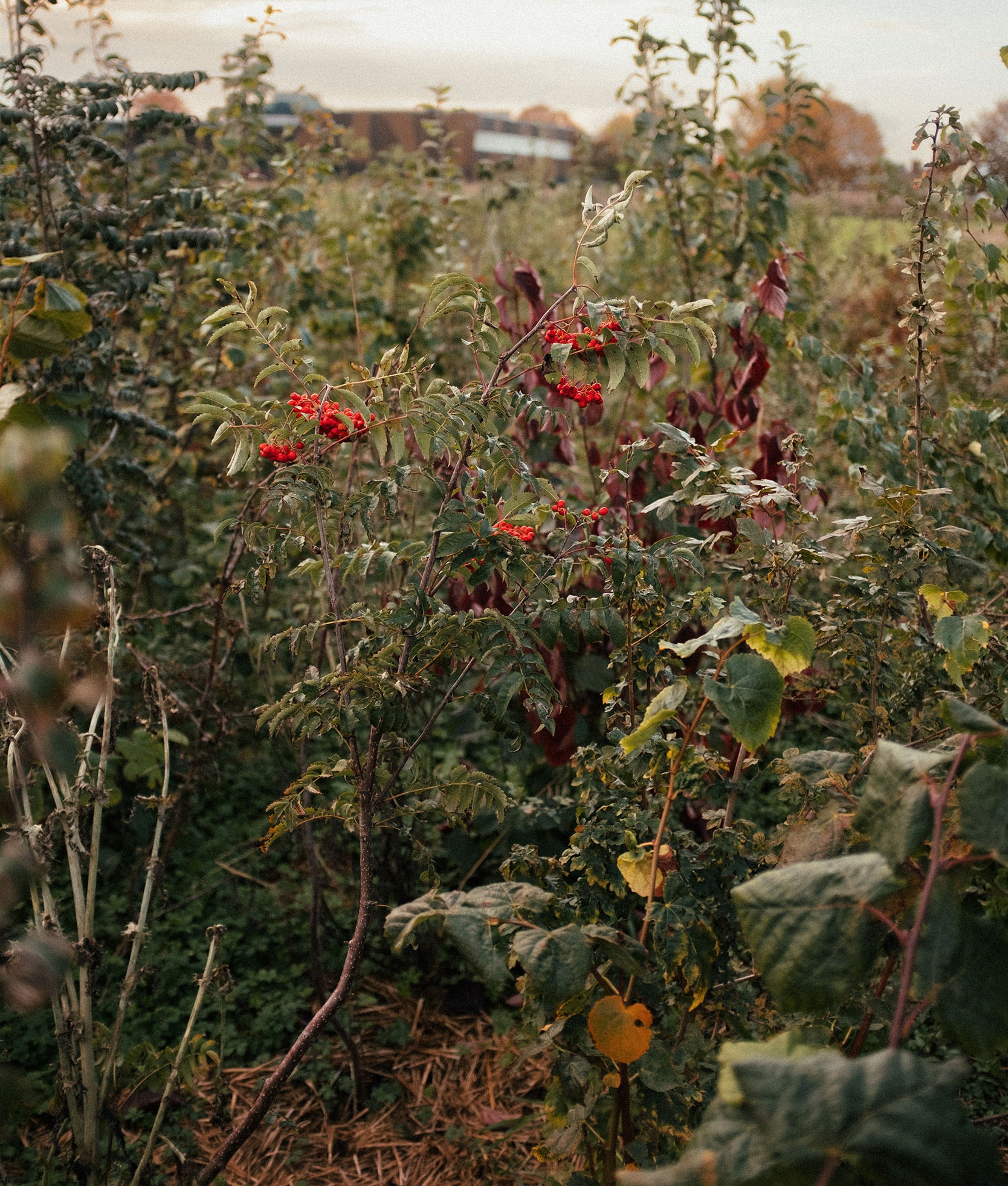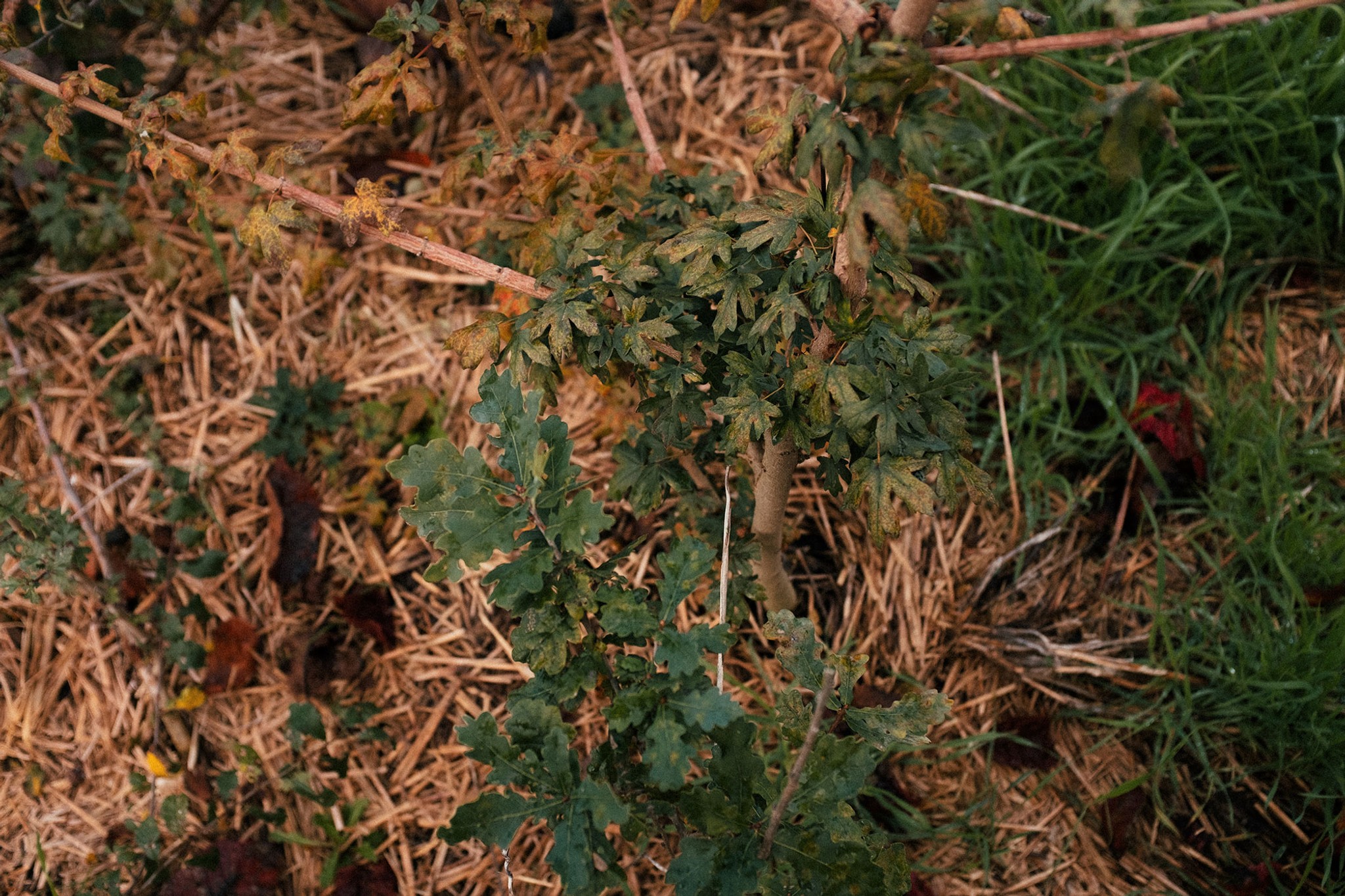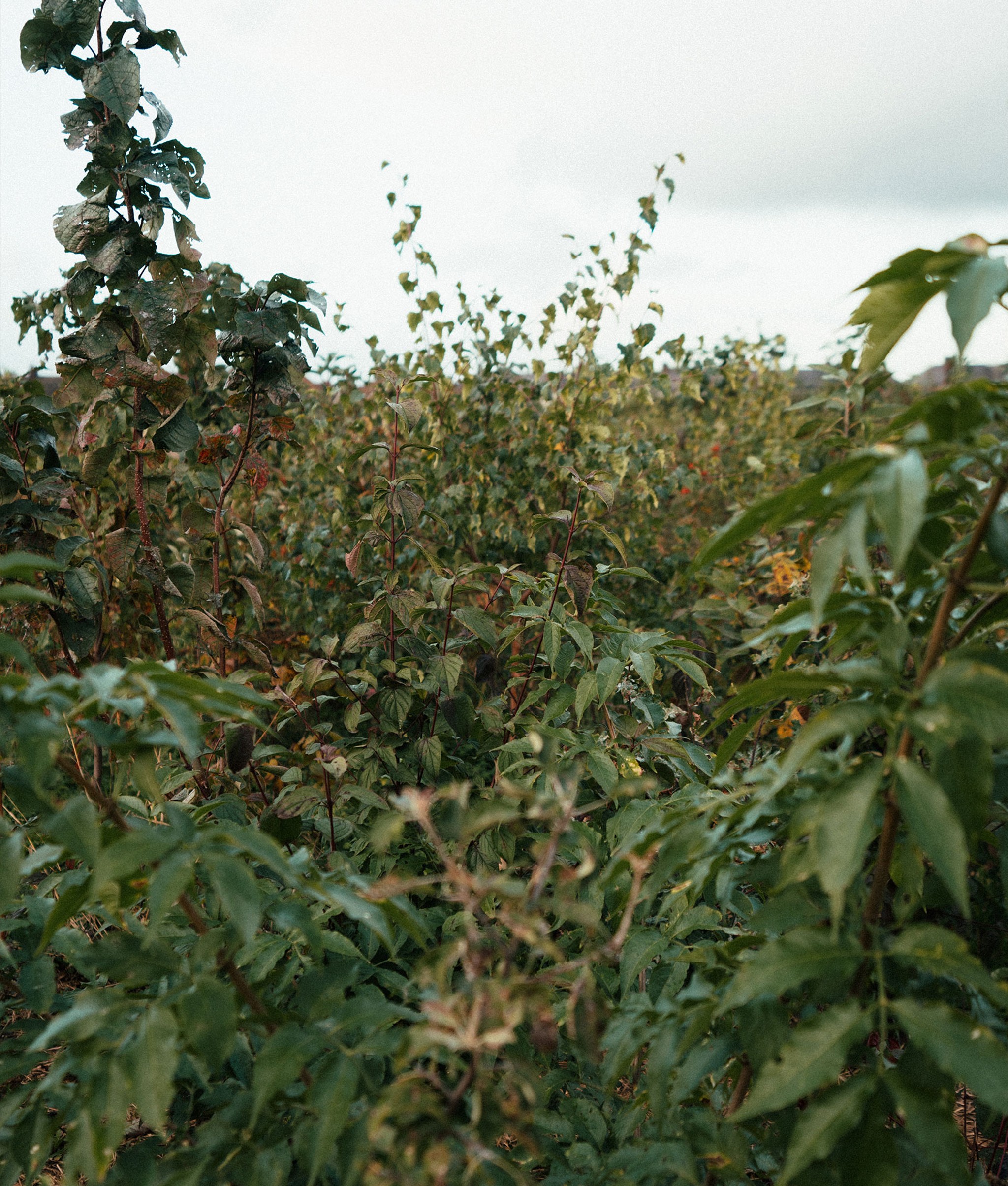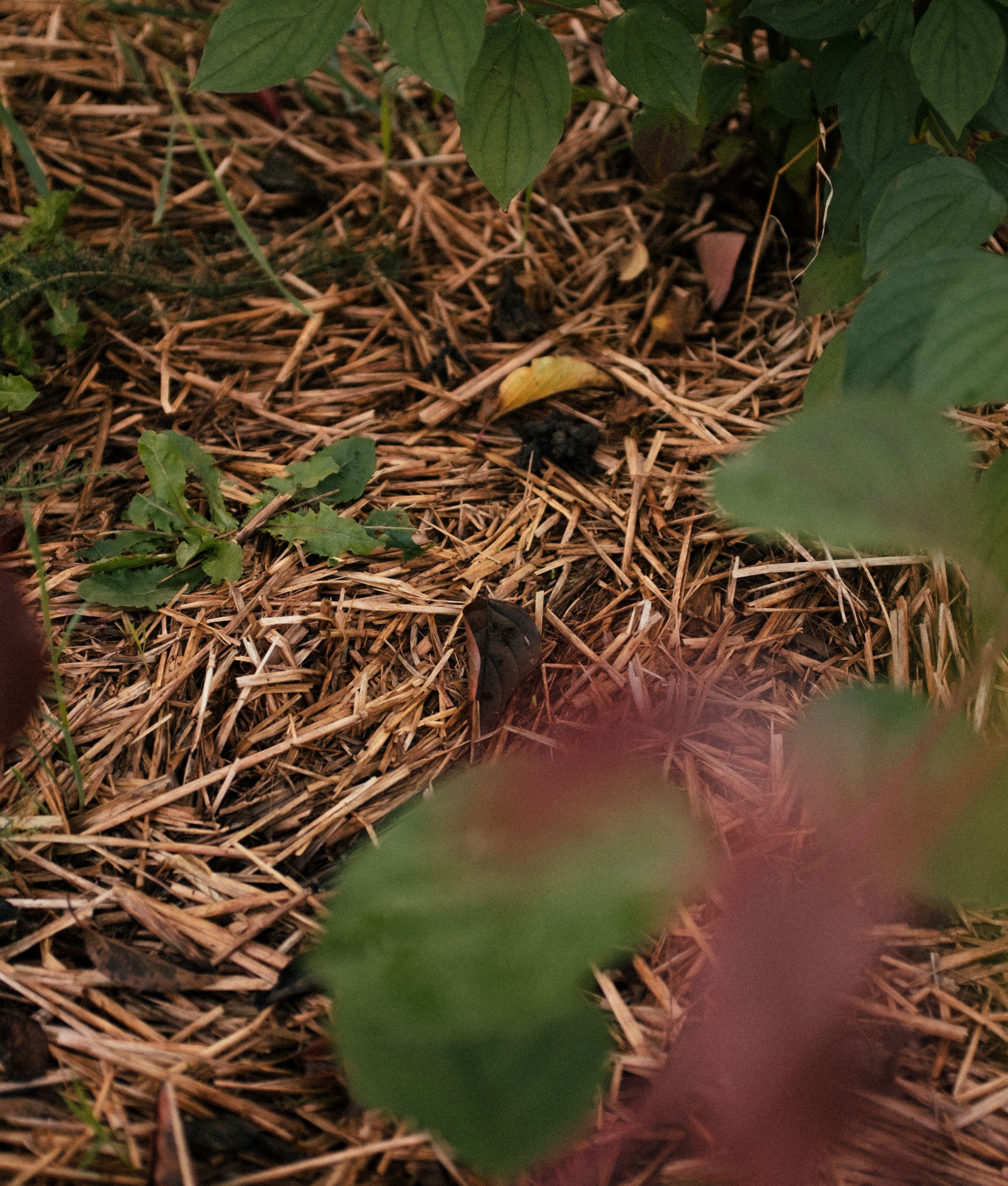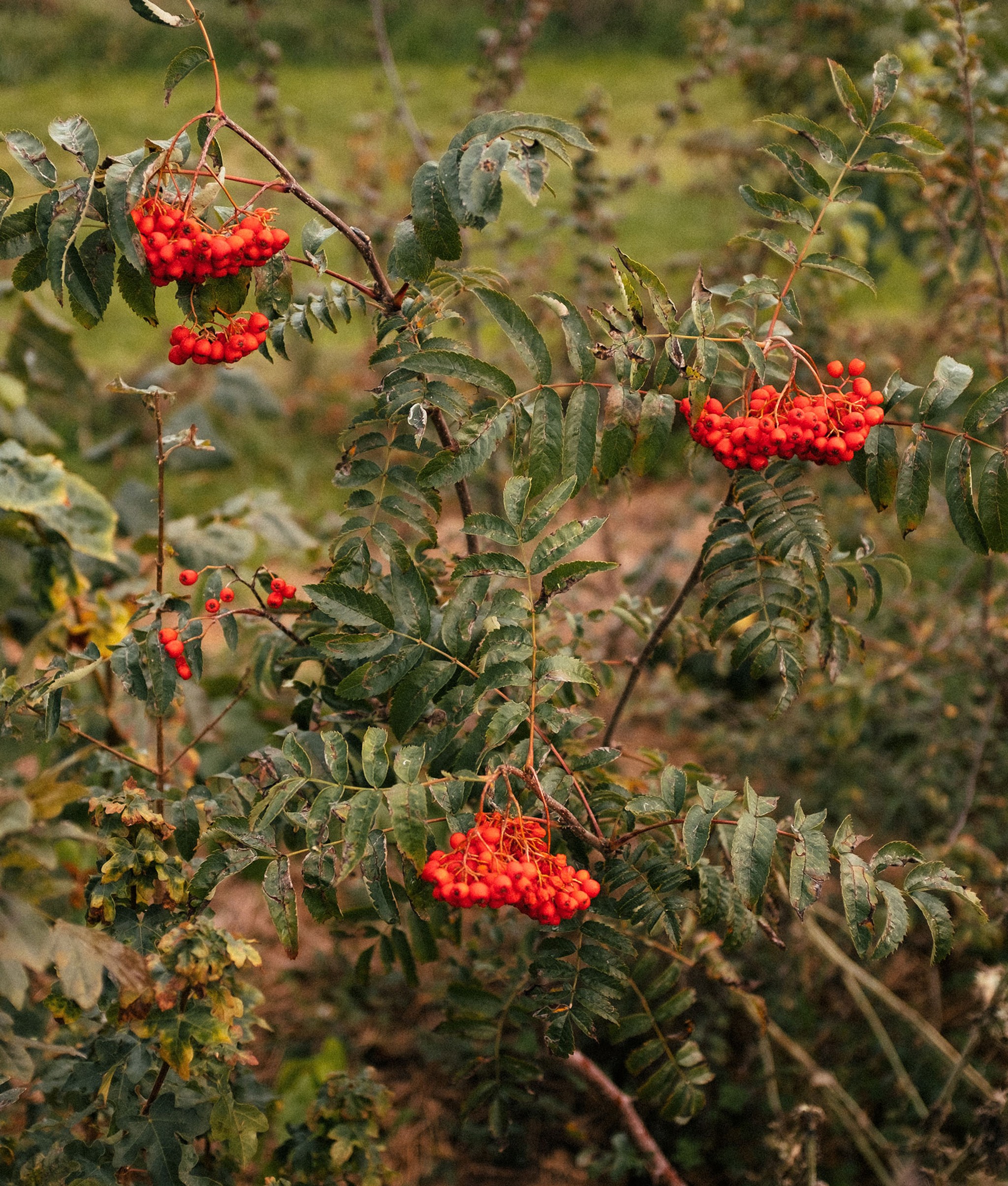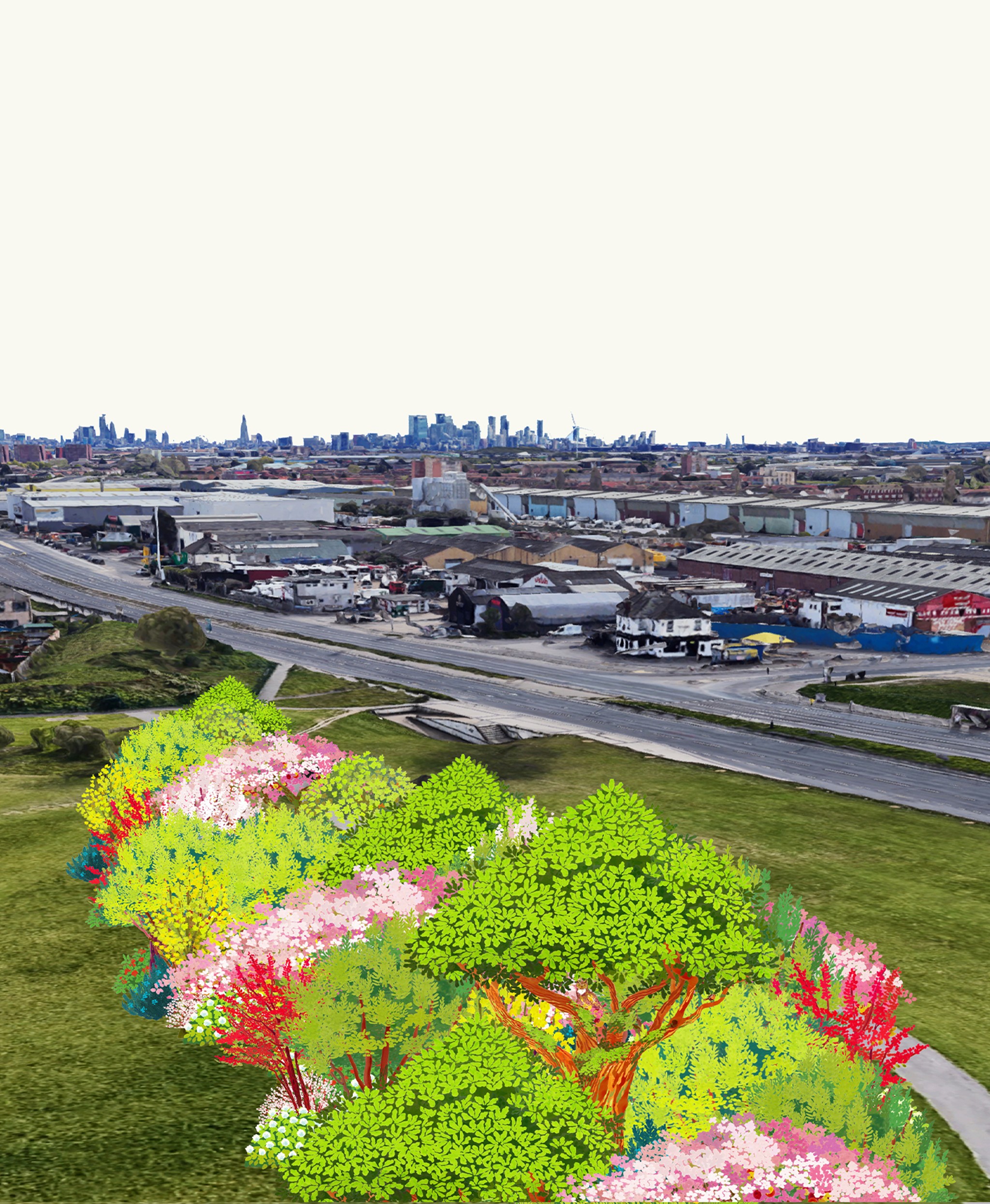East London I — Natura Nostra Forest
Reviving a green desert in industrialized East London.
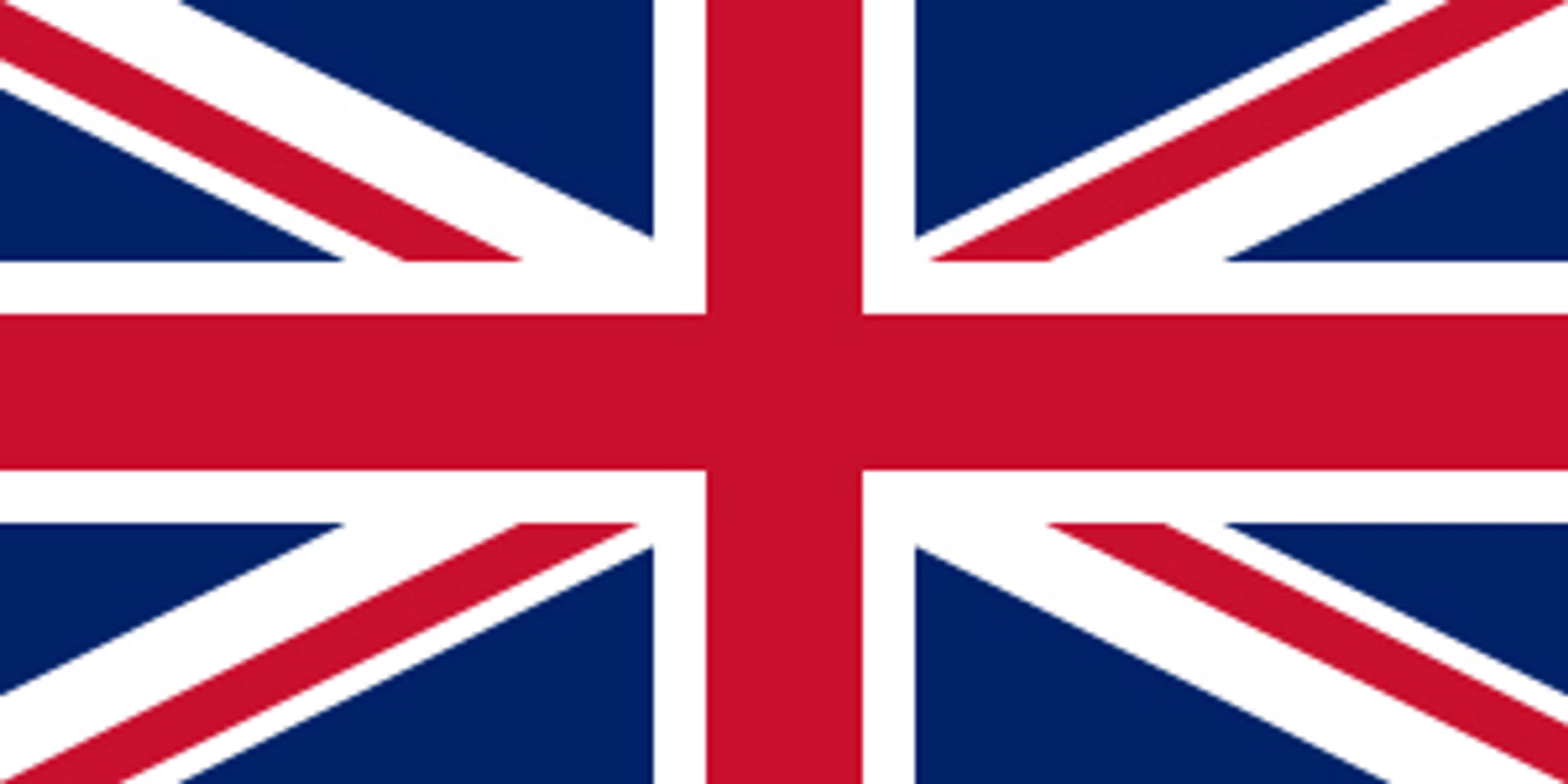

0
Trees
0
Square Meters
0
Native Species
Self sustaining pocket forest
Planted in 2022, ‘East London I – Natura Nostra Forest’ captures the essence of a primordial forest. The ground cover plants - all self-seeded - cover the forest floor and have created a lush, verdant space, with shorter trees lining the front edge and leading into a taller, densely branched area.
As predicted, the elder (Sambucus nigra), birch (Betula pendula) and wild cherry trees (Prunus avium) are most prominent and have been most successful in the first few years of the forest’s growth. These pioneer species establish themselves quickly, dominating the young forest. Over time, we anticipate these species will be replaced as natural complexity develops through ecological succession, and they are shaded out by other longer-lasting trees that will take their place.
The forest already supports impressive biodiversity. In Autumn 2024, drone footage captured a red fox (Vulpes vulpes) resting on its boundary, sheltered by the surrounding trees. These urban foxes have learned to co-exist with people and thrive within a busy city, capitalizing on the limited green spaces, parks and gardens available.
This forest offers an additional patch of territory, safe from the busy London roads and pavements, where the foxes can find shelter and create their dens. Birdlife is also abundant, with sparrows eating fruits of the elder trees and self-seeded wildflowers. The local community has commented on the transformation of the space, appreciating its new greenery and enhanced appeal compared to the bare playing field that was there before.
Forest Maker
James Godfrey-Faussett
Forest partner

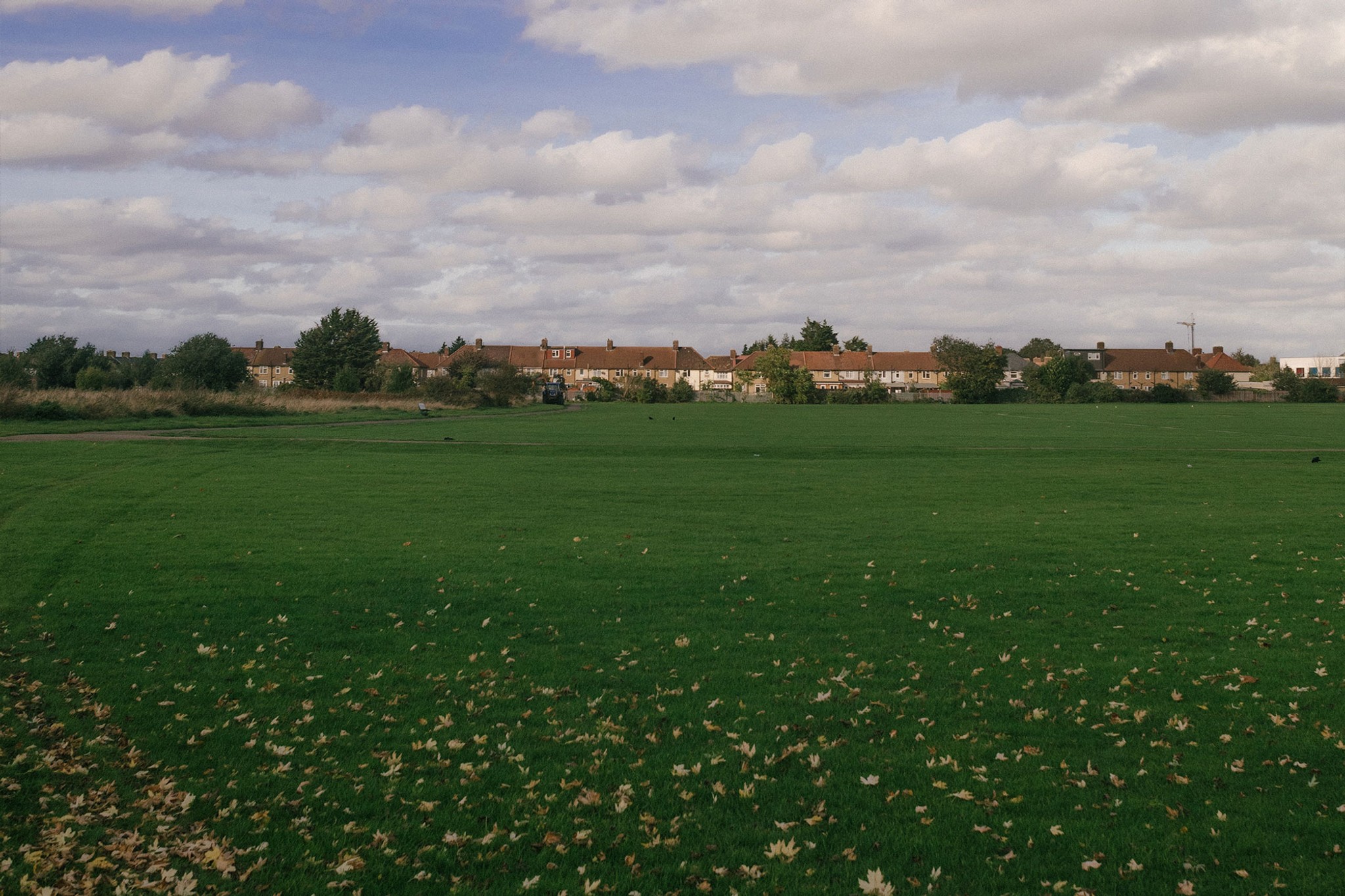

Ecosystem Restored
Final report: 05.11.2024
After approximately three years our SUGi Pocket Forests become self-sustaining. They no longer require human maintenance or watering, and can be handed over to Nature for biodiversity and complexity to naturally develop.
0%
Survival Rate
0
People living within 300 meters
0
kg of potential CO2 sequestration
Biodiversity
Biodiversity is all the different kinds of life you'll find in one area—the variety of animals, plants, fungi, and even microorganisms like bacteria that make up our natural world. Each of these species and organisms work together in ecosystems, like an intricate web, to maintain balance and support life.
0
Potential number of mammals
0
Potential number of birds
0
Potential number of amphibians
Forest Design
We chose the leaf of an Oak tree (Quercus Robur) as the design for the forest. The oak tree is a symbol of strength, morale, resistance and knowledge. Oak trees support a complex ecosystem with many species.
Natura Nostra Forest has created a tranquil and restorative spot for neighbors; offering them the chance to see the return of biodiversity in action. This pocket forest makes the physical and mental well-being benefits of close contact with Nature accessible to the community. The space has cultivated community bonds and has become a recognized source of joy for all.
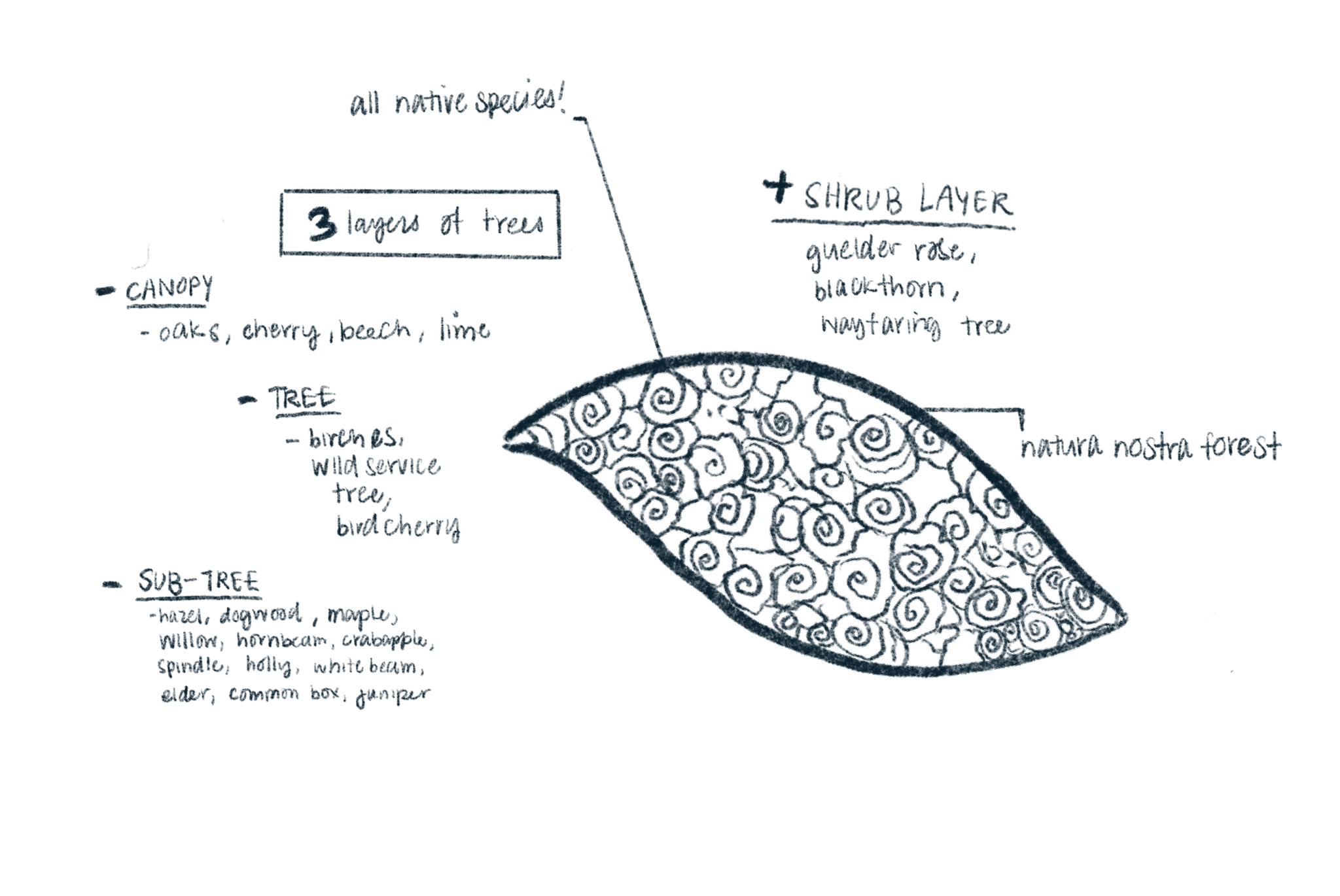
Forest Report: 2023
0 Months
Forest Age
0%
Survival Rate
0m
Average of Tallest 3 Trees
Natura Nostra Forest stands as a vibrant and youthful forest, with its trees showing impressive growth over just a year, reaching heights exceeding 2 meters. On the whole, the forest is becoming denser, except for a central area with a wave-like shape that faces some growth challenges, although it remains in good health. Notably, the sections with a consistent layer of straw mulch appear to thrive in comparison to the central region, which is now experiencing slowing development due to weed-infested ground cover.
In summary, the forest demonstrates robust development when juxtaposed with its older neighbor, the Forest of Thanks.
Biodiversity Notes:
Planting: November 2022
